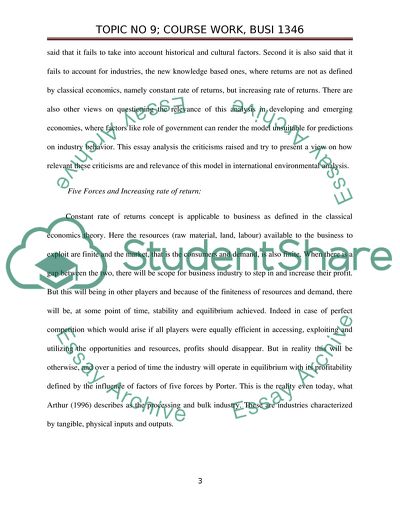Cite this document
(“The Criticisms of the Porters 5 Forces Model Term Paper”, n.d.)
The Criticisms of the Porters 5 Forces Model Term Paper. Retrieved from https://studentshare.org/finance-accounting/1720442-topic-9
The Criticisms of the Porters 5 Forces Model Term Paper. Retrieved from https://studentshare.org/finance-accounting/1720442-topic-9
(The Criticisms of the Porters 5 Forces Model Term Paper)
The Criticisms of the Porters 5 Forces Model Term Paper. https://studentshare.org/finance-accounting/1720442-topic-9.
The Criticisms of the Porters 5 Forces Model Term Paper. https://studentshare.org/finance-accounting/1720442-topic-9.
“The Criticisms of the Porters 5 Forces Model Term Paper”, n.d. https://studentshare.org/finance-accounting/1720442-topic-9.


